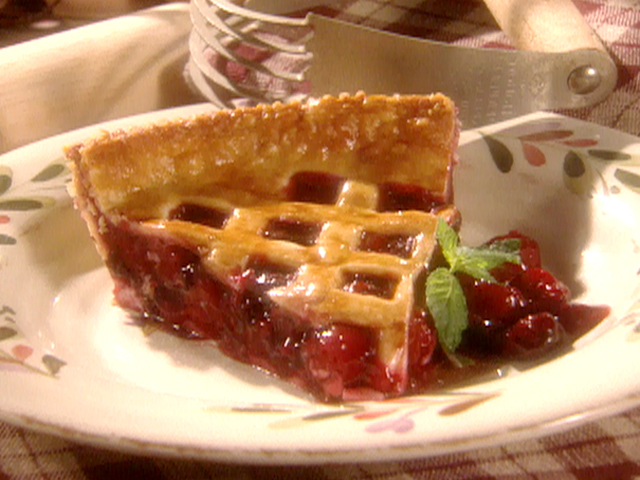
Butter for flavor, says Dad, and shortening for flakiness. He’s extremely loyal to the Joy of Cooking basic pie crust recipe, which calls for part butter and part vegetable shortening. Vegetable shortening is just unappealing to me, and unnecessary.Ĭaroline Lange: My dad is the one who instilled a deep-seated love of pie in me, and the one who taught me to bake them. I’d love to make a crust with duck fat or lard, but they’re not things I often have on hand (and I keep company with a lot of vegetarians). Hannah Kirshner: I use all butter because it’s delicious, and I always have plenty of it (with back-ups in the freezer in case of a baking emergency). I think truly great pie makers find a mixture and stick to it. But then I remember how just-porky and fantastic the pure lard once was last time and I go back to that. An all-butter crust is delicious, particularly if the butter is delicious. I am not against using a mixture of shortening and butter. If I can get good lard, I’ll go all lard, or part lard, part butter.

Sam Sifton: I change my fat focus all the time, probably not to the benefit of my pies. I have added some lard on occasion when I have the good stuff in the house, but I almost always go back to all butter. Then cold water, flicked in and stirred with a fork until it started to cohere, then handwork from there. She went with cold butter, worked down into the flour with a dough blender until it was almost meal. Kat Kinsman: My Grandma Kinsman shaped my pie paradigm and I have only varied a little. But the key is really good butter: That’s where the flavor is. I never use shortening, as I’m a bit turned off by how highly processed it is, and I find the leaf lard gives the same results. Another way to ensure a really flaky crust is to incorporate a little leaf lard, which is the fine, light lard found around pigs’ kidneys, but it’s a small amount in proportion to the butter (this is good for beginners, who tend to overwork their dough). The higher fat content means less water content, which leads to a flakier, more tender crust. Using a richer butter leads to a more tender and flaky crust.Īllison Kave: I always use high-butterfat cultured butter (Plugra is a personal favorite). I love to pop it in the freezer for a few minutes - gets it cold in no time.Įmily & Melissa Elsen: We use all butter and we prefer “high-fat” butter, with 82% or more fat content. Cold ingredients, chill it after mixing, chill it after you line the pie plate.
#Whole pie lattice angle how to#
Nothing beats the flavor and if you know how to manipulate it, the result is just as flaky as crusts made with less sensitive fats. shortening AND butter)? Let us know why you do what you do.Įrin McDowell: I’ve done it all (lard, shortening, a mixture, even olive oil!), but I’m all about the all butter crust. What kind of fat do you use? Do you use a mixture of fats (e.g.

The art and practice of the perfect pie crust is as unique as the person wielding the rolling pin. We reached out to a pantheon of pie-bakers for advice on what they do when it’s time to pull out the rolling pin and get to business. The crust also seems, for many, to be the most stressful part of pie-baking - but it needn’t be.

Controversial, maybe, but I would venture to say that a pie is only as good as its crust. But in the Lange house, it was always the crust that was the make-or-break factor. It’s the fillings we hear about the most, and not without reason. I grew up in a house where pie was king: it took the place of birthday cake, rarely lasted more than a day and made the day before Thanksgiving a well-floured flurry of sifting, rolling, chopping, crimping. It’s that time of year, folks: It’s apple season, sweet potato season, pumpkin season, cranberry season, and most importantly, pie season. Got some pie opinions to share? Tweet to or show us on Instagram with #EBdailypic. We originally published it in the fall but most of these crust comments know no season. In its honor we’re reviving one of our favorite dessert deep dives from a few years back. Editor’s note: Tomorrow, 3/14, is the very official Pi(e) Day.


 0 kommentar(er)
0 kommentar(er)
